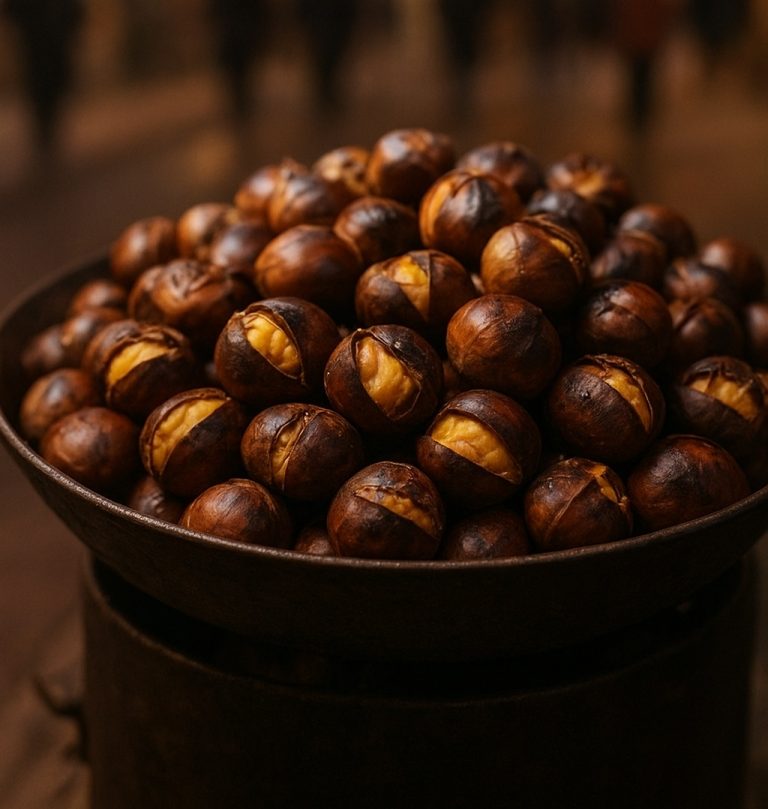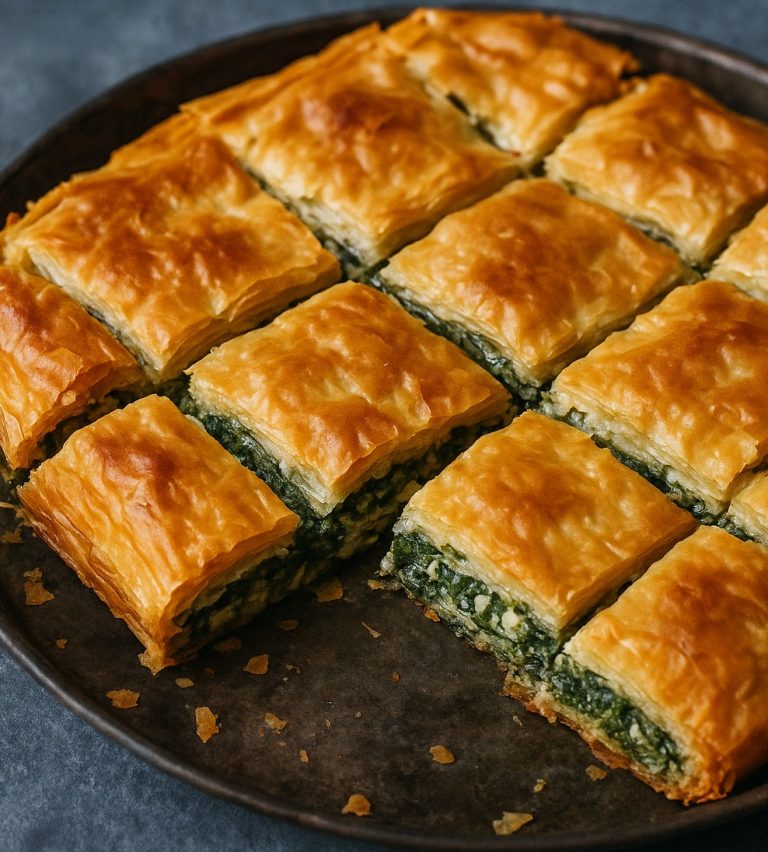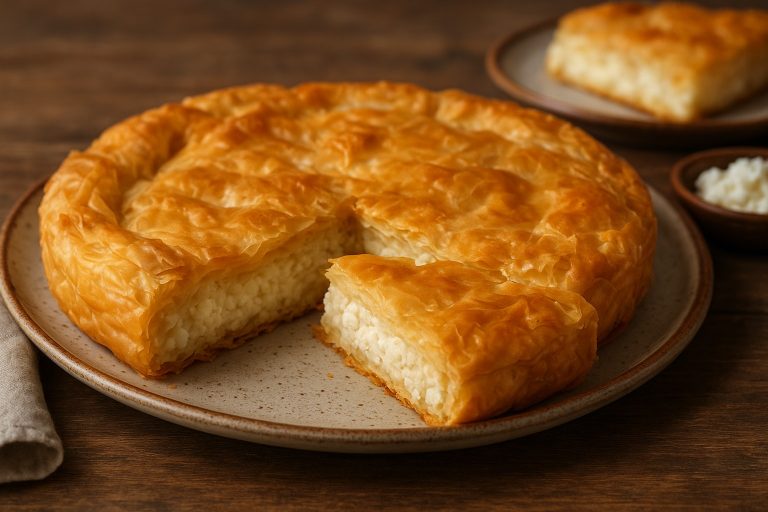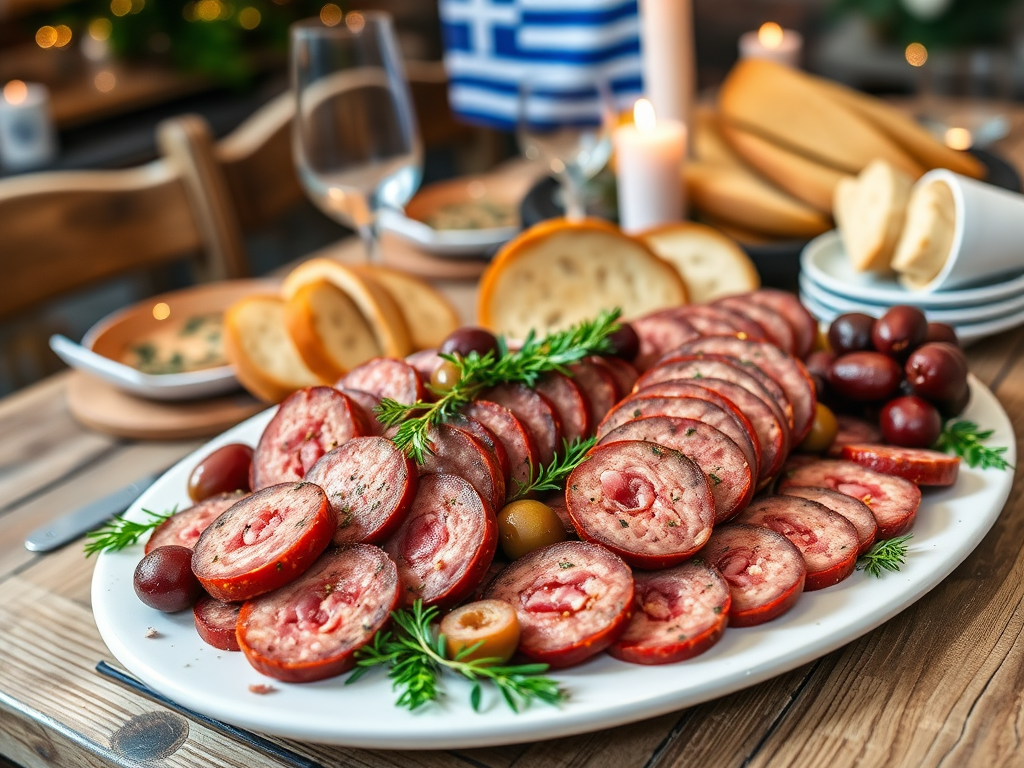
Introduction
Sano Kavourmas is a beloved dish from the Greek culinary tradition, celebrated for its rich flavors and deep-rooted history. Often enjoyed during festive occasions and family gatherings, this dish translates to “Sano sausage,” highlighting its hearty nature. This article delves into the origins, preparation, cultural significance, and variations of Sano Kavourmas, offering a comprehensive look at this culinary gem.
Origins and History
Sano Kavourmas hails from the Peloponnese region of Greece, an area known for its diverse agricultural practices and rich culinary heritage. Historically, the dish emerged as a method of preserving meat before the advent of modern refrigeration. Greek families, particularly those living in rural areas, would prepare Kavourmas during the autumn months when pigs were typically slaughtered. This practice not only ensured food preservation but also maximized the use of the entire animal.
The preparation of Kavourmas is steeped in tradition. Each family often has its own unique recipe, passed down through generations. The variations can reflect regional influences, available ingredients, and individual preferences. This personal touch adds to the dish’s charm, making it a cherished family recipe for many.
Ingredients
The primary ingredients of Sano Kavourmas include:
- Pork: Typically sourced from the shoulder or belly, chosen for its ideal fat content which contributes to the sausage’s flavor and juiciness.
- Spices: The seasoning blend is crucial. Common spices include salt, pepper, garlic, and sometimes cumin or coriander, which add warmth and depth.
- Herbs: Fresh herbs like oregano, thyme, or even rosemary can be added, enhancing the complexity of flavors.
- Preservatives: Natural preservatives such as vinegar, wine, or even citrus juice are often included to aid in the curing process and add tanginess to the sausage.
Preparation
The preparation of Sano Kavourmas involves several detailed steps:
- Meat Selection: Choosing high-quality pork is essential. The meat is cut into small pieces and mixed with salt and spices. The proportions of each ingredient can vary based on personal preferences and family traditions.
- Marination: The seasoned meat is typically left to marinate for several hours or overnight. This step is crucial for allowing the flavors to meld and penetrate the meat, resulting in a more flavorful sausage.
- Curing: After marination, the seasoned meat is stuffed into natural casings made from pig intestines. The sausages are then tied in sections and hung in a cool, dry place to cure. This process can take several days to weeks, depending on the desired flavor intensity and texture.
- Smoking: The final step involves smoking the sausages over a wood fire, often using local hardwoods such as oak or hickory. This adds a distinctive smoky flavor and helps in preserving the sausage. The smoking process can take several hours, and the smoke can impart different flavors based on the type of wood used.
Cultural Significance
Sano Kavourmas is more than just a dish; it embodies a tradition of self-sufficiency and resourcefulness in Greek culture. The preparation of Kavourmas is often a communal event, bringing families and friends together. It is common for families to gather during the butchering season to prepare sausages, turning the process into a festive occasion filled with laughter, stories, and shared memories.
The dish is traditionally served during special occasions such as weddings, holidays, and family gatherings. Its presence at the table symbolizes hospitality and abundance, reinforcing the importance of sharing food with loved ones. In many households, it is a staple during celebrations, representing a bond that transcends generations.
Serving Suggestions
Sano Kavourmas is versatile and can be enjoyed in various ways, making it a delightful addition to any meal:
- As an Appetizer: Sliced thinly and served with fresh bread, olives, and a selection of cheeses. A drizzle of olive oil and a sprinkle of oregano can elevate the dish further.
- In Dishes: It can be incorporated into pasta dishes, added to stews, or served alongside roasted vegetables. Its robust flavor pairs well with a variety of ingredients, enhancing the overall dish.
- With Wine: Sano Kavourmas pairs wonderfully with red wine, particularly varieties from the region, such as Agiorgitiko or Xinomavro. The richness of the sausage complements the tannins in the wine, creating a harmonious dining experience.
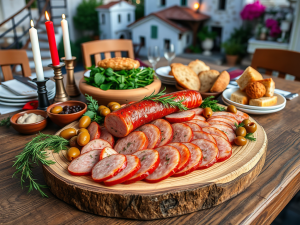
Variations
While the traditional recipe for Sano Kavourmas is deeply rooted in its origins, many modern interpretations exist. Some variations may include:
- Spicier Versions: In certain regions, cooks might add chili flakes or other hot spices for a kick, catering to those who enjoy a spicier palate.
- Herb-Infused Sausages: Experimenting with different herbs, such as basil or sage, can create unique flavor profiles that reflect local tastes.
- Vegetarian Alternatives: With the rise of plant-based diets, some cooks have begun to create vegetarian versions of Kavourmas using ingredients like seitan or legumes, seasoned to mimic the traditional flavors.
Conclusion
Sano Kavourmas is a delicious representation of Greek culinary tradition, showcasing rich flavors and a deep cultural significance. Its preparation is not just about making food; it is about fostering community and preserving heritage. Whether enjoyed at a festive gathering or a simple family meal, Sano Kavourmas embodies warmth, togetherness, and the joy of sharing a meal. As this dish continues to be cherished and adapted, it remains a testament to the enduring legacy of Greek cuisine.

